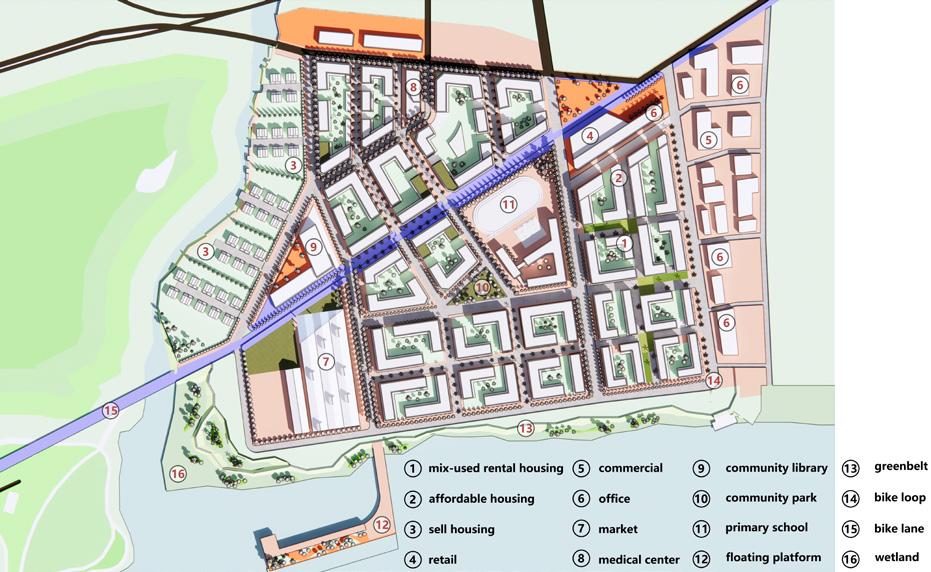
2 minute read
STREET CELEBRATION ADAPTIVE LIVING COMMUNTY
from Zhicheng-Portfolio
by Zhicheng Liu
Design Narrative
Street Celebration is an affordable, mixed-use, low-traffic development proposal aimed at improving North Charleston. This city offers residents an ideal balance between suburban and beach lifestyles in the heart of Charleston, providing plenty of activities for all. While North Charleston has a diverse range of businesses and industries that significantly impact the county, inequality has historically been an issue. Additionally, the city is home to homeless communities who live in tents behind bustling businesses. To address these issues, North Charleston plans to strengthen communities, improve their ability to work with the city, and identify necessary neighborhood improvements through neighborhood-driven plans. The design for Street Celebration centers on three primary elements: a pedestrian-friendly community, diverse housing, and flood control. The goal is to create a vibrant community in North Charleston that offers happiness, job opportunities, and a diverse culture.
Advertisement
Site Analysis
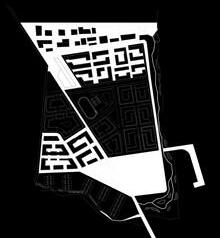
The city of North Charleston, South Carolina, has identified a Site—located at the north end of Census Tract 55 in southeastern North Charleston—as a development opportunity.

The Site is part of a larger study area, which lies along the Cooper River and east of the Park Circle neighborhood, in the northern part of the former navy base. The Study Area consists of 89 acres, including public rights-of-way. Inside the Study Area there are two privately held parcels and a 21.3-acre parcel owned by the U.S. government and used by the U.S. Department of Defense (DoD).
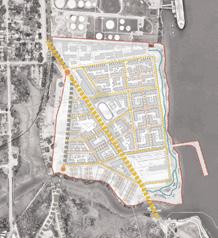
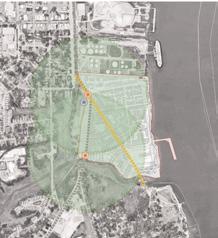
Design Strategies
Phasing
The design provides a vision to transform the site into a thriving, mixed-use, mixed-income neighborhood, and proposes to evaluate the benefits and financial possibilities of redeveloping the cityowned parcels (the Site). The city anticipates that the 21.3-acre DoD parcel in the Study Area will transfer to the city within the next ten years, although this is not guaranteed.
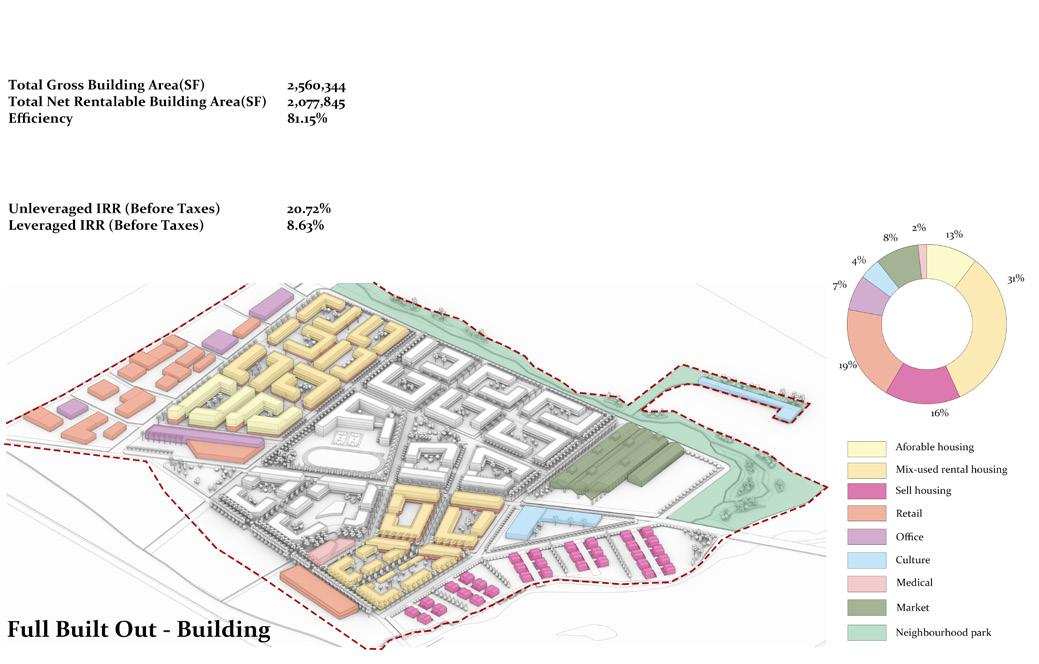
Phase one will focus on commercial development and mixed-use housing. The infrastructure built during the first phase can satisfy residents’ basic needs. Phase two will focus more on improving the community’s quality of life, with the construction of markets, libraries, and parks. Phase three will develop more residential housing as the community becomes more developed.
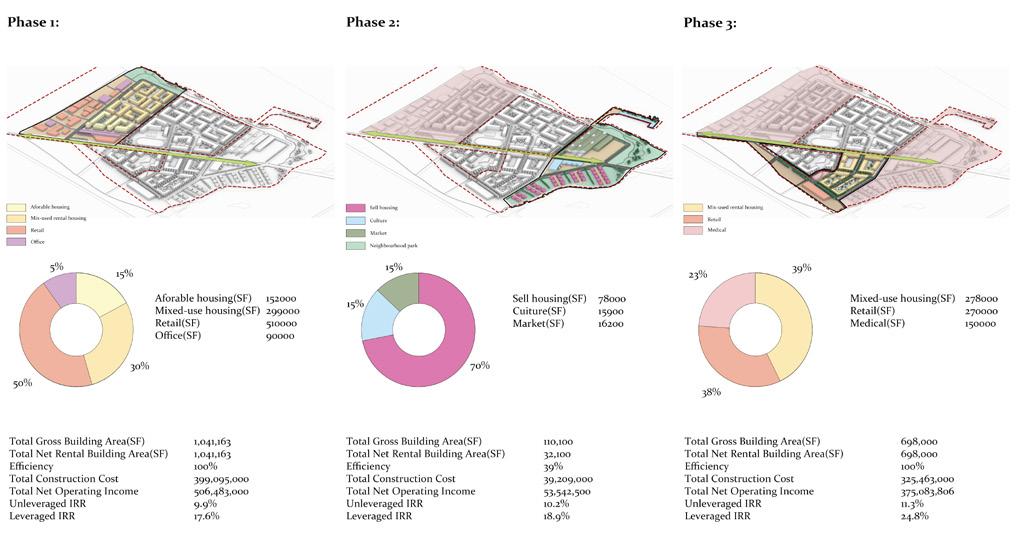
MIXED-USED NEIGHBORHOOD
The rise of low-car to no-car residential initiatives is gathering pace in many cities worldwide. Over the last ten years, traffic on residential streets has increased dramatically. This situation makes it less safe for people to use streets, with insufficient space for cars to move safely alongside pedestrians and cyclists. Our proposal vastly reduced the usage of vehicles in the community to address multiple problems that cities face: oil dependence, poor air quality, unsafe streets, car reliance, and carbon emissions. Also,low-traffic communities have the positive benefits of a more quiet and peaceful environment (less noise), more usable open space, and much greater freedom for pedestrians and cyclists - all leading to a greater quality of life.
CAR-FREE COMMUNITY
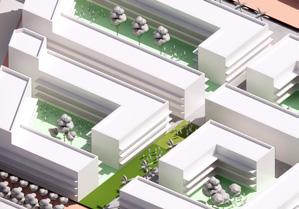
The rise of low-car to no-car residential initiatives is gathering pace in many cities worldwide. Over the last ten years, traffic on residential streets has increased dramatically. This situation makes it less safe for people to use streets, with insufficient space for cars to move safely alongside pedestrians and cyclists. Our proposal vastly reduced the usage of vehicles in the community to address multiple problems that cities face: oil dependence, poor air quality, unsafe streets, car reliance, and carbon emissions. Also,low-traffic communities have the positive benefits of a more quiet and peaceful environment (less noise), more usable open space, and much greater freedom for pedestrians and cyclists - all leading to a greater quality of life.
Resilient Boundary

Create gentle slopes and tree islands in the heavily flooded area to provide buffer space, design waterfront promenades and extended platforms to provide walking space, set up terraced landscapes in the non-heavy flooded area (south), plant a variety of wet plants, and enrich the landscape. At the same time, it plays a purifying role, and at the same time, a large platform is designed to provide a further hydrophilic space.












